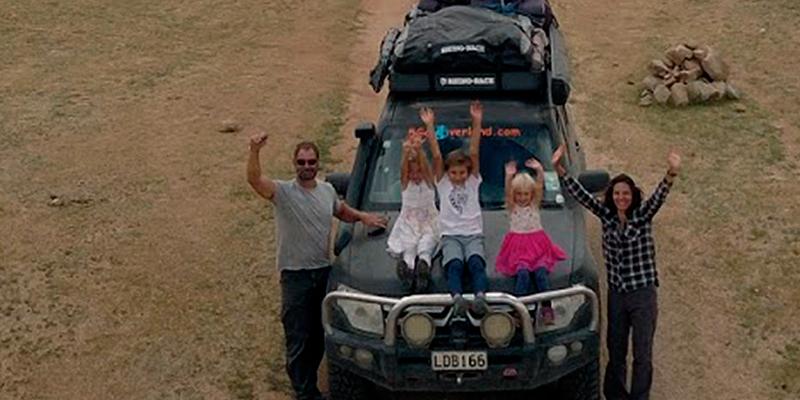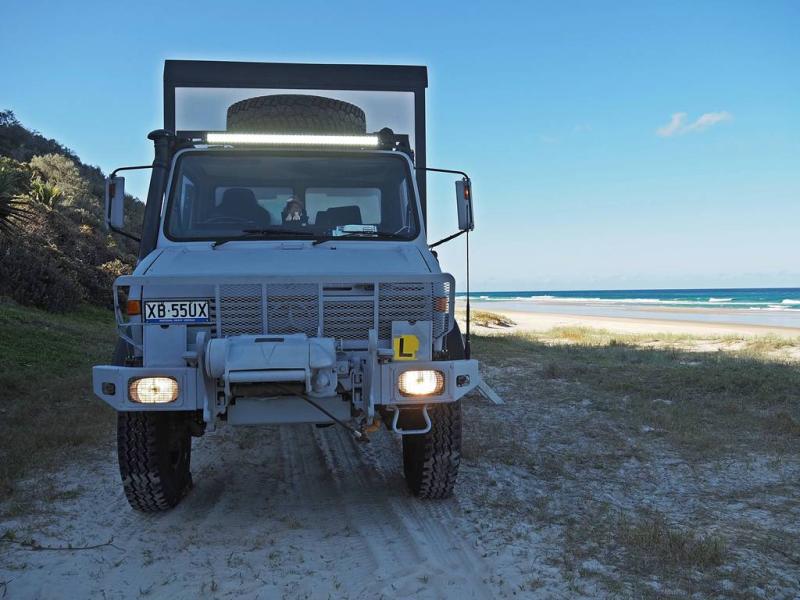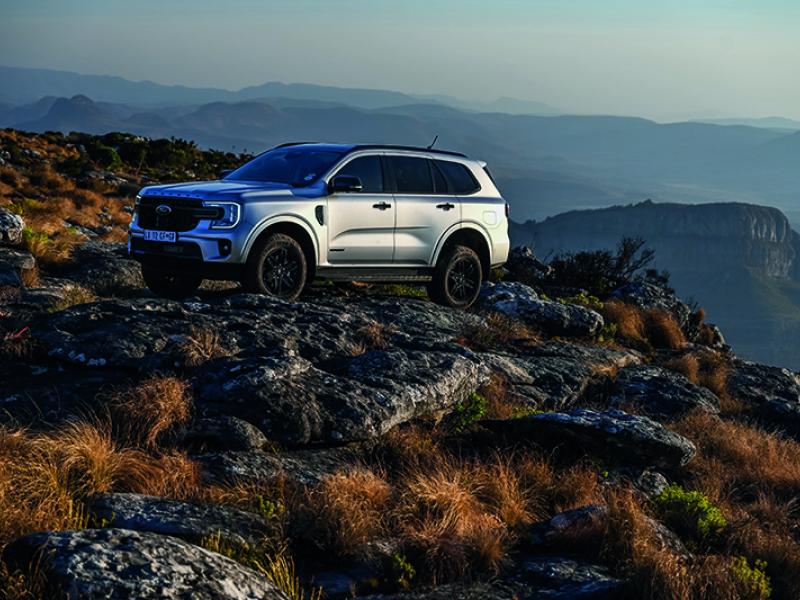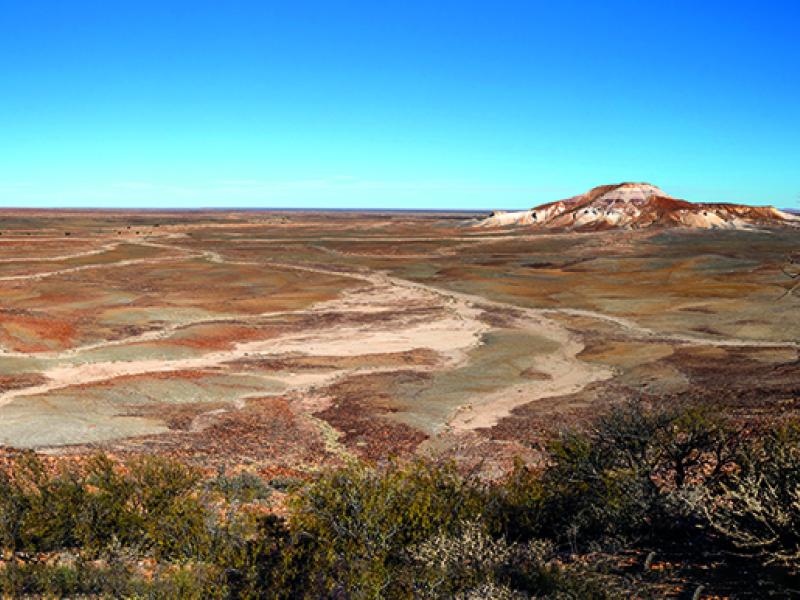What wonders awaited Kiwi Overlander Aaron Rich and his family on their latest adventure in Mongolia? Don’t worry, it didn’t take them long to find out!
Mongolia is the first true destination country on our family overland expedition across Central Asia this year. This article was written from Mongolia, and though at the time of writing we’ve managed to explore quite a lot here, you’ll note that the GPS track map provided remains incomplete.
Being land-locked deep within Central Asia means just getting to Mongolia, especially with your own 4WD, is an adventure in itself. As it happened, I shipped our Mitsubishi Shogun (Pajero) from New Zealand to the Russian Far East port of Vladivostok in late April. My family of five (myself, wife Sylwia and kids aged 10 (Marcel), six (Anastazja) and four (Kornelia) then travelled overland up Vietnam in time to unload our shipping container when it reached Russia. From there it was a more than 3,000 kilometre journey through the heavily forested Russian Far East to reach our chosen entry border into Mongolia.
We greatly enjoyed that ‘on-road’ part of the journey too; camping each night in the seemingly endless forests and exploring the remote cities and villages of the Russian Far East. It’s just as well that the bears reside much deeper into the forests than we ventured to set up camps. Fortunately, so too do the tigers – I must admit I didn’t actually know about them at the outset, but indeed there is a population of full-sized tigers living deep within the forests of the Russian Far East/Siberia.
The plan
I was poised for an adventure on this trip and not afraid to tackle some of the more remote routes in Mongolia. Some time ago I settled on entering Mongolia via a tiny, seldom-used, border in the North East, as shown in the GPS track map. In contrast to the much larger and more popular border situated south of Lake Baikal, our chosen entry route was entirely off-road; the first road didn’t begin until the first town, 234 kilometres over the border!
An issue that arose early on was in trying to research this route. We are a solo 4WD and need to be careful not to take on more than we can safely accomplish. Unlike in New Zealand, where in a worst case you could likely hike out, with a river for water and in many cases a DOC hut to stay in, here the distances are vast and the landscapes often desert-like. It’s not a place to be broken down or bogged alone. How I manage these risks is beyond the scope of this article and you would need to visit my website (5GoOverland.com) for more detail.
The border crossing truly was tiny, with the checkpoints each side equipped to deal with just one vehicle at a time. It took two and a half hours to cross the border, mainly because the Russians virtually dismantled our 4WD searching for contraband I might have buried in the chassis. There were no other vehicles ahead of us, or behind us. This border is pretty remote and doesn’t see much traffic. Presumably some might consider the lack of a road on the Mongolian side an issue, but this is why we favour a 4WD.
There is extremely little information available concerning the Mongolian north east. Even on websites relied on by the international overland community I could find only one trip report on this region. Interestingly, I’ve since learned that there is something of a presumption among international overlanders that there is little of interest in the north east.
In our element
It’s not clear how this view became established, as in reality it appears hardly anyone actually goes there to find out! Well we did go there, and we discovered it to be a fascinating region typified by mountains, rivers and vast meadows filled with beautiful wildflowers as far as the eye could see. I concur that traveling on-road further to the south may have been far less interesting, but we were quite in our element off-roading for a week through this vast wilderness, keeping below the Russian border. Evidently, we were too near the Russian border in a sensitive area at one point and were redirected by a startled looking soldier.
With an article such as this there is so much more I would like to say on each area, but as I intend to focus here on our overland experiences in the Gobi Desert, I’ll let a video I’ve produced of the Mongolian North East give you more of an idea of what that region offers. I produced three videos from Mongolia (and more from NZ!) that can be accessed through my website at www.5gooverland.com/videos
The Gobi Desert
Venturing into the Gobi Desert was always going to be a highlight of our Central Asia trip, and it has lived up to expectations. The Gobi is huge, stretching right across the south of Mongolia. We ventured well
into the central south area, and on a future trip I would like to explore some even more remote parts.
Although some might picture a vast and seemingly endless desert of sand and rocks, the Gobi Desert is not all one sort of terrain, or climate. At the site of an isolated ruined palace we encountered a sizeable oasis, with lush green grassland, a lake and birdlife. This fabulous place was set amidst vast desert landscapes that we had already spent a couple of days ‘overlanding’ across; it exists because some streams (including underground water sources) have long bubbled up there.
Nothing is more refreshing after a day or two blasting over sand and rocks in the heat of arid desert than arriving at an oasis like this! We also drove deep into the Yoln Am canyon, which similarly offers a reprieve from the heat of the desert. It is cooler in the canyon and its crystal-clear stream flows long into the summer months, fed by ice that built up into thick layers during the winter. You can see ice in the background to a photo of my youngest daughter.
Without explanation readers might be confused as to what temperatures we experienced there. It was warm. The visible ice serves as a reminder of the harsh climate that exists in the Gobi; typically varying from minus 40 degrees Celsius in the winter, to plus 40 degrees Celsius in the summer.
The Khongoryn Els
Perhaps the biggest attraction I knew about when planning this trip is a ‘sand sea’ known as the Khongoryn Els. This sand sea is far to the south, being not too far from the border with China. It features dunes up to 300 metres high, 100 kilometres long and 12 kilometres across. You can see from one photo that we managed to find something resembling a mini oasis to set up camp amidst the dunes. I can tell you it’s not easy climbing to the top of sand dunes this high, but it would have been too easy – cheating even! – if I’d only flown the drone over. The whole family made it to the top.
The biggest attraction that I hadn’t known about when originally planning this journey was the route we took north from the Khongoryn Els. We needed to plot a route to get ourselves nearer civilisation to the north. I found a route that accomplished this, but was pleasantly surprised when it turned out to be the most isolated and equally visually stunning route we took through the Gobi. At times this route took us over the hills,
and at other times we navigated down in the canyons. The captivating colours and landscapes were more than my cameras could do full justice to.
This route had a couple of somewhat difficult sections, as it was obvious it had been severely washed out in the not too distant past. This is the thing with the Gobi, it’s a dry place mostly, but when it rains it can really rain. Something that really stood out to us along this route was the lack of any locals to be seen. Bear in mind that 30 to 40 percent of Mongolia’s population is nomadic or semi-nomadic. They can be seen living unique and incredibly self-sufficient lives in remote and seemingly desolate areas.
Eventually we needed to camp along this route. We reached a less desolate area and finally spotted some gers (traditional Mongolian tent like structures) dotted around. Obviously, they spotted our foreign looking camp too, as we received a number of visitors! I don’t think the route we used to venture into this area was much used even by Mongolians, and quite possibly almost never used by the miniscule number of independent 4WD overland tourists like us. None of the locals who came to visit our tent spoke a word of English, though they didn’t seem too concerned about not being able to communicate with us. They appeared happy to just sit a few metres from our camp and observe us.
Our first visitors came in the evening; a family squeezed onto a single motorbike (a common sight in developing countries). In the morning two men arrived on separate motorbikes and it did rather feel like we were being assessed. We must have checked out OK, as one then returned with his family on his motorbike. They then left only to return yet again bearing an offer of home-made dried goat yoghurt, this being a staple food commonly produced by nomadic Mongolians.
Flaming Cliffs
My son Marcel (aged 10) has long been a budding palaeontologist; all sorts of dinosaur knowledge readily rolls right off his tongue. Mongolia is where some of the world’s most significant dinosaur fossils have been discovered, and Bayanzag, a place in the Gobi commonly known as the ‘Flaming Cliffs’, is the site of a number of important finds. Marcel had long planned to undertake his first ‘dig’ at the Flaming Cliffs.
I think his motivation for Palaeontology temporarily waned as he discovered how
hard it was to dig in the blazing hot desert, without a tree to be seen anywhere for a bit of shade. Thanks to Rhino-Rack, we brought our own shade with us courtesy of the Batwing, and this genuinely proved extremely useful in this environment.
Fortunately for Marcel, Mongolia’s capital – Ulaanbaatar – has a dinosaur museum. Ulaanbaatar is where I’m writing this article from and the kids have now visited a couple of interesting museums, including the dinosaur museum.
For many years people have told us that you can’t undertake travels like this once you have kids. I beg to differ. Not only can it be done, but the kids are getting an education like no other along the way. Admittedly it helps greatly that Sylwia works as a teacher and is well placed to deliver their correspondence curriculum. I am certainly not suggesting the average family gets a 4WD and ships it straight off somewhere like the Gobi Desert. Start out small and gain experience and confidence. New Zealand is an awesome place to safely start out with this sort of pursuit.
There are a million more things I would like to say about our travels in Mongolia, its friendly people and wonderful culture. Clearly there isn’t space here, though you are welcome to visit the blog on my website if you’d like to read or see more. Alternatively, check out the three short videos I have produced for my YouTube channel from Mongolia. I have one video on the north east, and a two-part video from the Gobi Desert. These can be found at: www.5gooverland.com/videos







